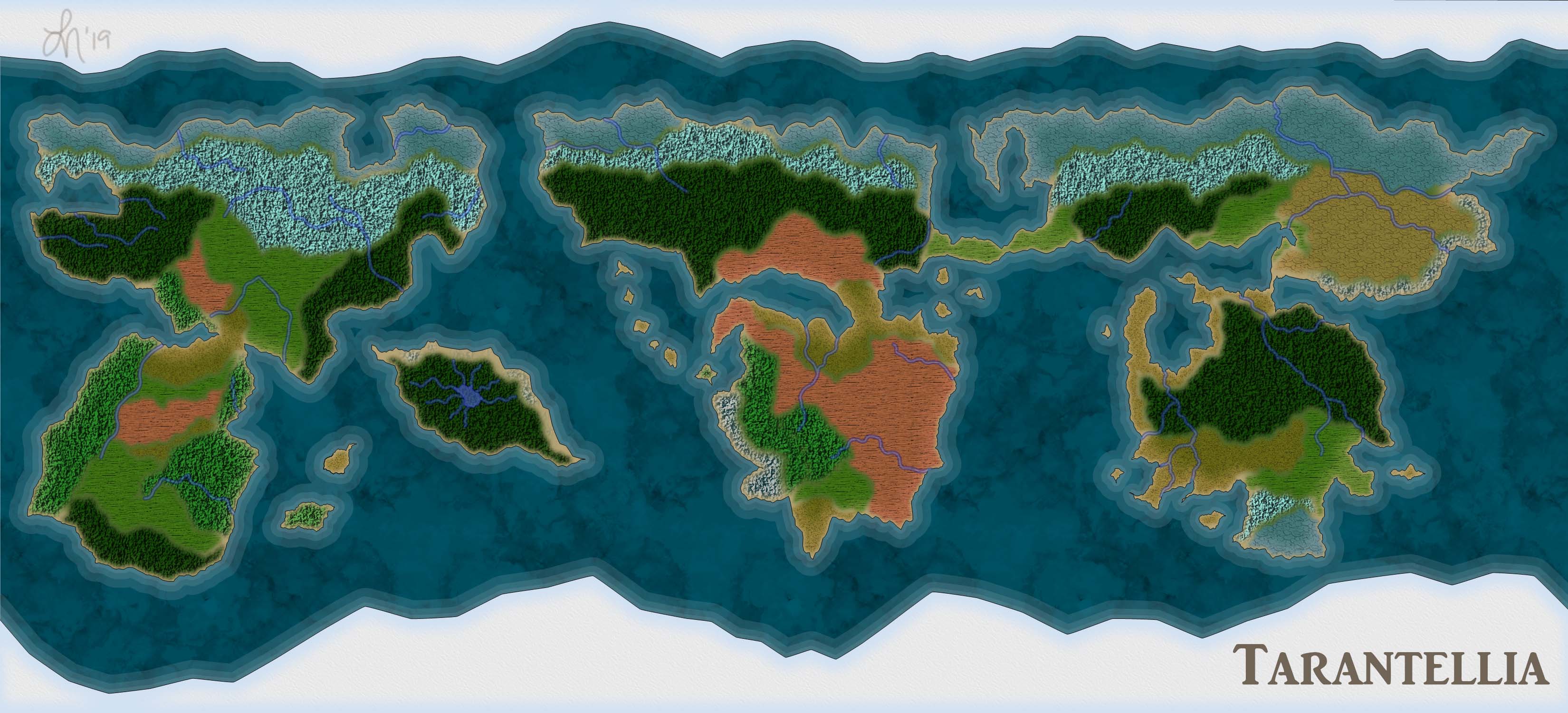Devil's Hope
With petal tips whiter than snow and the bases red as blood, this plant's sinister appearance sends a warning to tarants nearby to be wary. Rising about 2 ft tall, all can see it before the petals bloom. Each plant has two long leaves are thick and smooth with a sharp point at the end, many compare it to the needle of a spinning wheel.
Basic Information
Growth Rate and Stages
Devil's Hope has a gestation period of ~6 span (50-60 days). The seeds are a sickly white. When planted in fertile land, it germinates in 5 to 9 days. Leaves begin to form around 15 days and the flowers start to show around 35. When the cycle is completed, the petals can be harvested for alchemical or magical purposes.Ecology and Habitat
Devil's Hope can grow in many environments, but they prefer grassland with lots of direct sunlight. Due to its noxious nature, small plants nearby often wilt as it matures: the flowers lose their color, the petals fall, and the stem starts to shrivel until it's lying on the ground away from Devil's Hope. While a noxious plant, pollinating insects use it for their honey, a delicacy in places like La Chiave a Croce. This contradiction is thought to be from where the name Devil's Hope stems.Uses
No one would recommend eating one, though many have tried. Known instances of Devil's Hope consumption have ended poorly. One couple had stomach cramps for a few days and everyone believed they were dead people walking; however, they recovered and lived cautious long lives. The worst reactions ended in death.These negative reactions led to a new poison hitting the markets. It looks and is stored like milk. A terrifying notion, no?
While used as a poison in seedier parts of society (and silent power moves), Devil's Hope can also be dried and turned into a dazzling white dye. If used on certain materials, it almost gives off the appearance of a white-hot flickering flame.


Comments